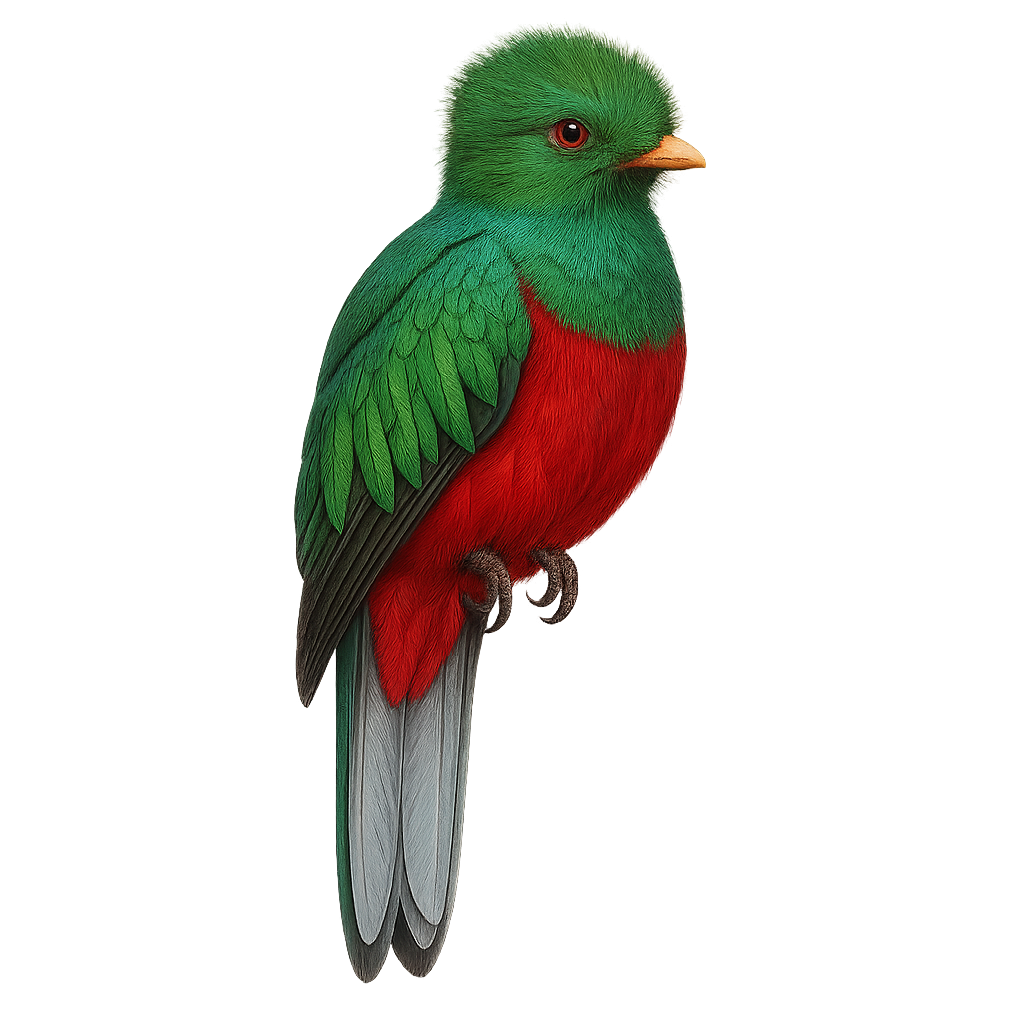Your wildlife photography guide.
Explore the crested quetzal in detail, study its behavior, prepare your shots.
Where to observe and photograph the crested quetzal in the wild
Learn where and when to spot the crested quetzal in the wild, how to identify the species based on distinctive features, and what natural environments it inhabits. The WildlifePhotographer app offers tailored photography tips that reflect the crested quetzal’s behavior, helping you capture better wildlife images. Explore the full species profile for key information including description, habitat, active periods, and approach techniques.
Crested Quetzal
Scientific name: Pharomachrus antisianus

IUCN Status: Least Concern
Family: TROGONIDAE
Group: Birds
Sensitivity to human approach: Suspicious
Minimum approach distance: 10 m
Courtship display: October to November
Incubation: 17-19 jours
Hatchings: October to December
Habitat:
Humid forests, cloud forests, tropical forests
Activity period :
Primarily active during the day, with peak activity in the morning and late afternoon.
Identification and description:
The Crested Quetzal, or Pharomachrus antisianus, is a striking bird found in the humid forests of the Andes. It is known for its vibrant plumage, with shades of emerald green and bright red, and the characteristic long tail of the males. This quetzal is a symbol of beauty and freedom in many South American cultures. It primarily feeds on fruits, but also consumes insects and small vertebrates. Its presence often indicates the health of its forest habitat. Although its conservation status is not alarming, deforestation poses a potential threat to its populations.
Recommended lens:
400 mm – adjust based on distance, desired framing (portrait or habitat), and approach conditions.
Photography tips:
To photograph the Crested Quetzal, it is advisable to use a telephoto lens of at least 400mm to capture the details of its plumage without disturbing it. Look for a spot where the bird is active, usually early in the morning or late in the afternoon. Be patient and discreet, as this bird can be suspicious. Use a tripod to stabilize your camera and adjust your camera settings for the low-light conditions of dense forests.
The WildlifePhotographer App is coming soon!
Be the first to explore the best nature spots, track rutting seasons, log your observations, and observe more wildlife.
Already 1 439 wildlife lovers subscribed worldwide

